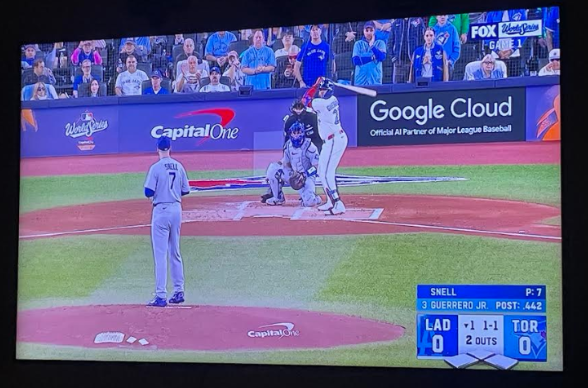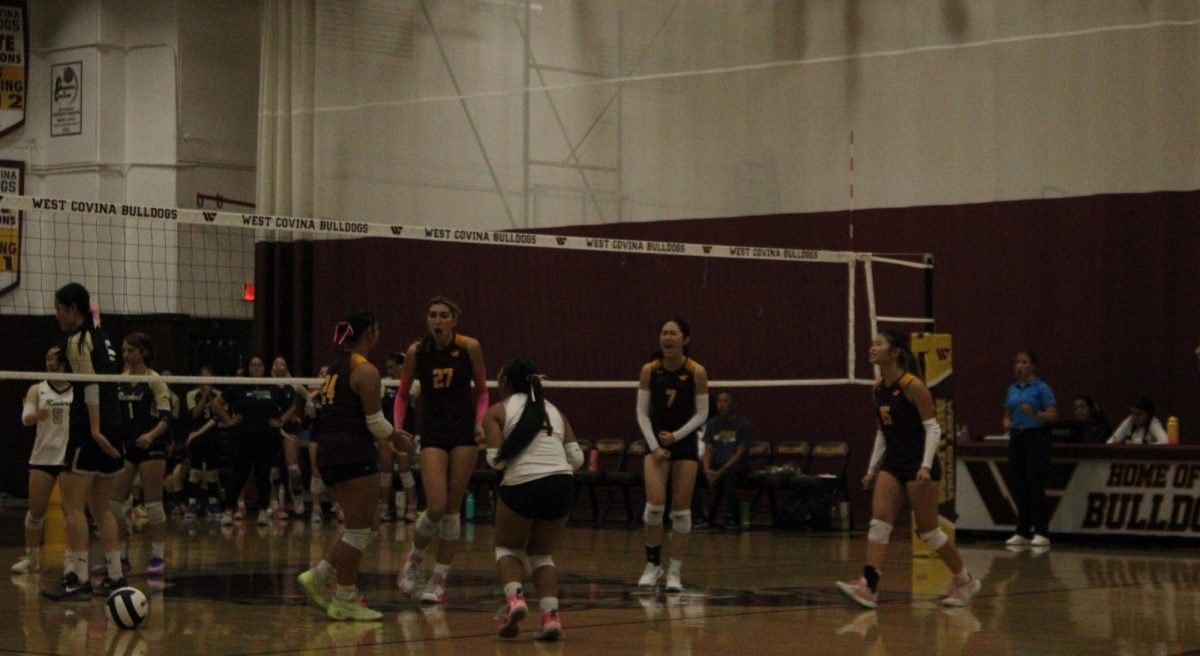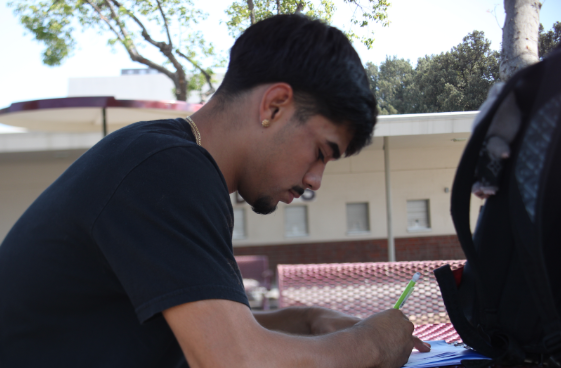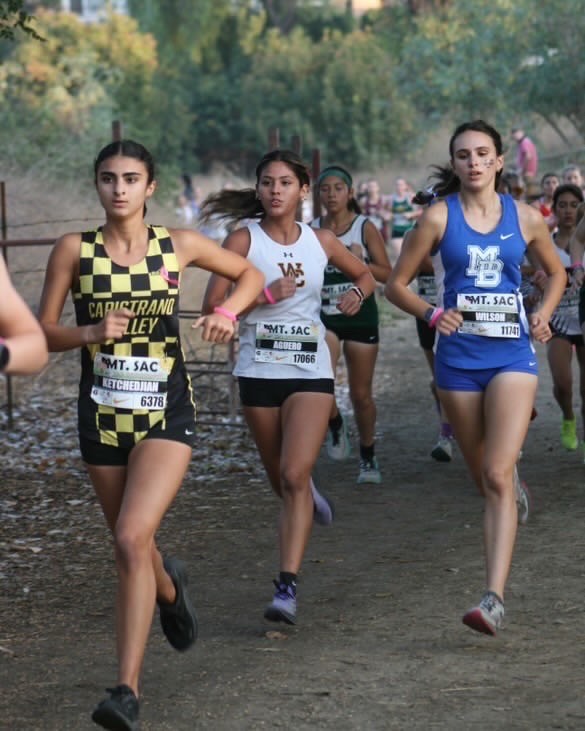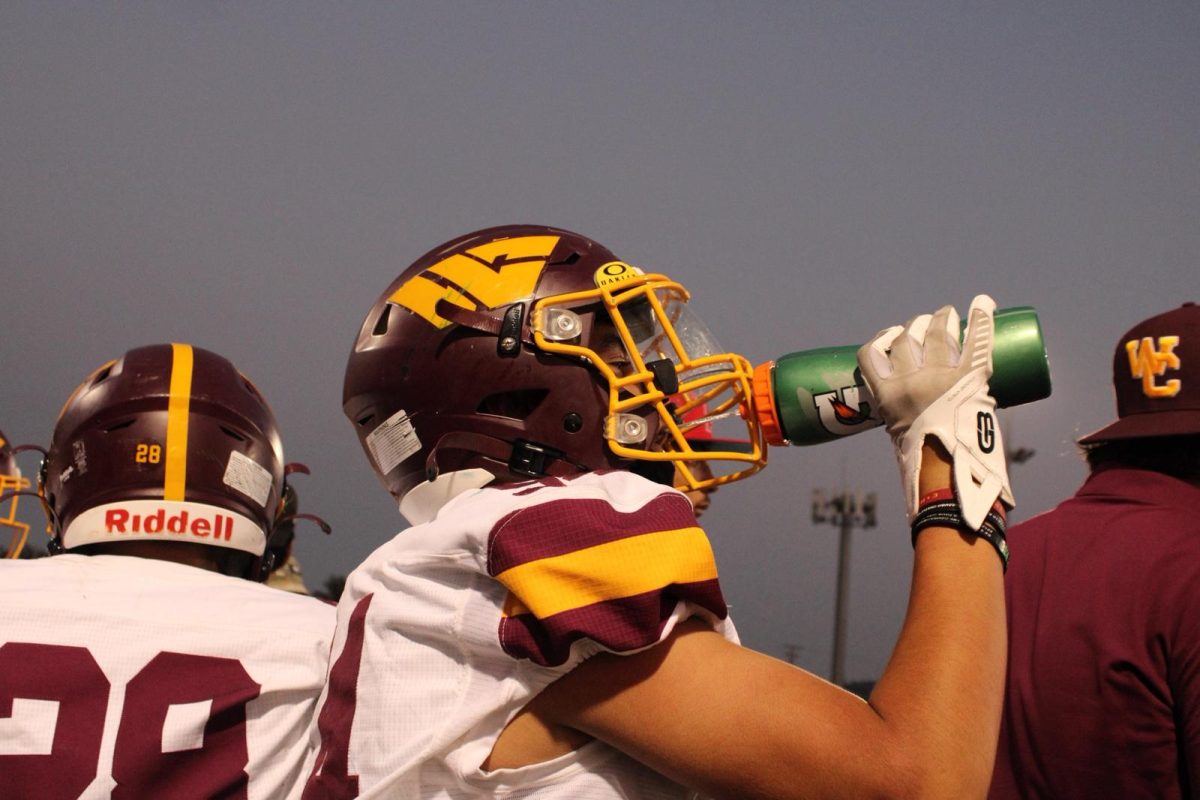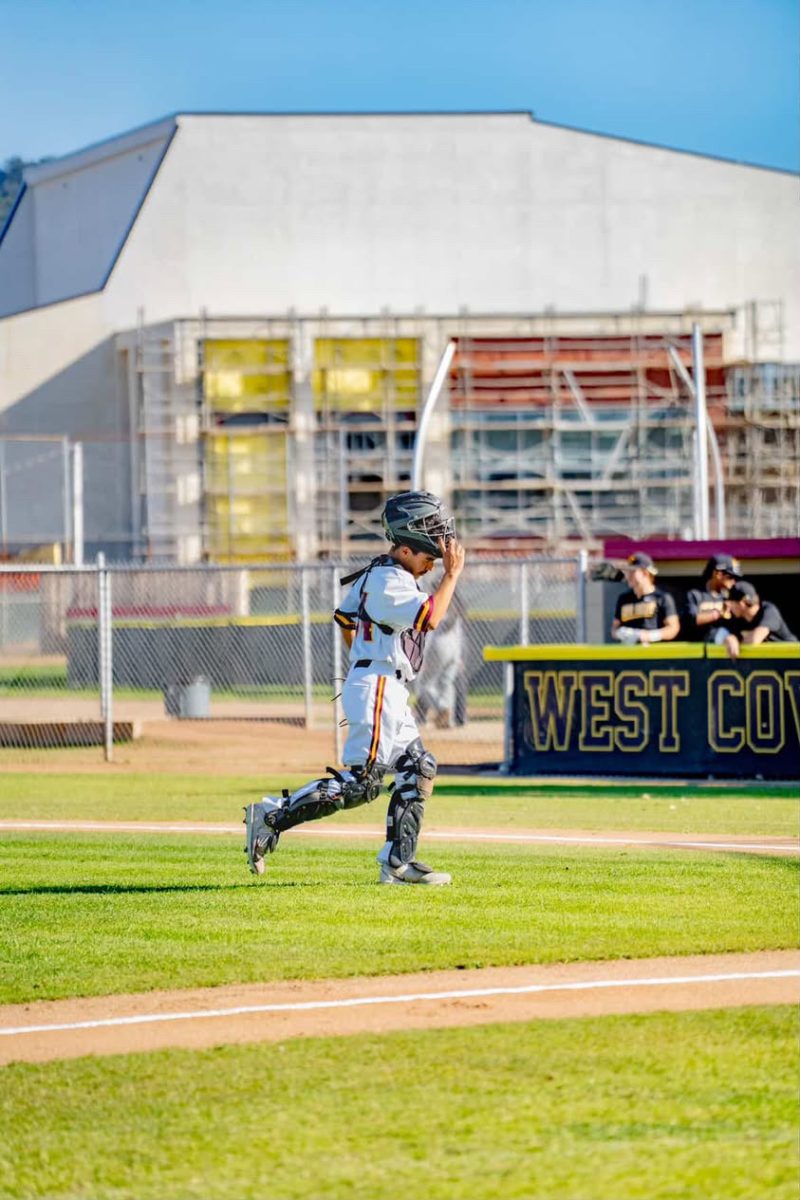For many young athletes, the choice between school sports and club sports feels like a defining moment. Some athletes choose to represent their school with classmates, while others join club teams that compete in new places and face a variety of different opponents. While both paths offer their own set of challenges and opportunities, the differences can uniquely shape the athlete’s journey in sports.

(Aleenah Zepeda)
Many Bulldog athletes play exclusively in school-sanctioned sports, while others play exclusively in club sports. Though some play in both, such as varsity football, and varsity baseball athlete Griffey Moncada, a sophomore, explained how the two compared for him.
“Club sports are more competitive. I feel like I’ve had more success there than I have at school sports. I feel like some school sports are just for fun for some people, but I take it seriously,” Moncada said.
School sports are tied directly to the students’ campus. They usually run during a set season, with a set schedule based on surrounding schools in the same league. Club sports, on the other hand, are often organized by private organizations. They can run year-round and may require athletes to travel to different states, or even across the country, to compete.
Varsity volleyball setter and senior Brooklyn Crawford described the differences she sees between club sports and school sports.
“Club 1000% is a better environment for improvement because the coaches are carefully selected, and there are opportunities to get private lessons to target your weak spots as a player. High school just helps with succeeding in CIF (California Interscholastic Federation),” Crawford said.
While some athletes emphasize the specialized coaching and resources found in club sports, others point to the unique advantages of playing for their school. School sports often connect athletes with classmates, teachers, and a wider community. Students point to the pride and unity created by the atmosphere surrounding school sports. Both club sports and school sports allow athletes to receive visibility
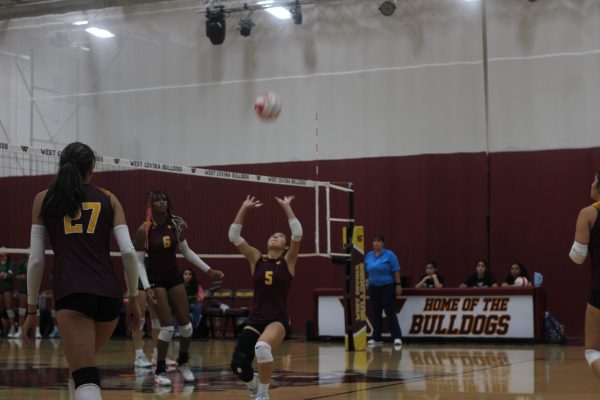
(Aleenah Zepeda)
from college recruiters, allowing them to showcase their skills at a high level of competition and an opportunity to receive college offers.
Varsity football receiver and sophomore Vance Davis explained the connections and bonds that come from school sports.
“I feel like you get more relationships and you can be like, more of a family than you would be in club sports,” Davis said.
Another difference between the two paths lies within college preparation. Both school sports and club sports connect athletes with recruiters, but school sports typically do so through league and playoff competition, while club sports provide exposure through nationwide tournaments and skill showcases. Club teams run year-round, giving athletes more chances to be seen outside of a single season. School teams, however, often give players a chance to represent their school and highlight their skills at higher levels of competition.
In the end, both school and club sports offer student-athletes unique opportunities, whether it’s representing their campus alongside classmates or
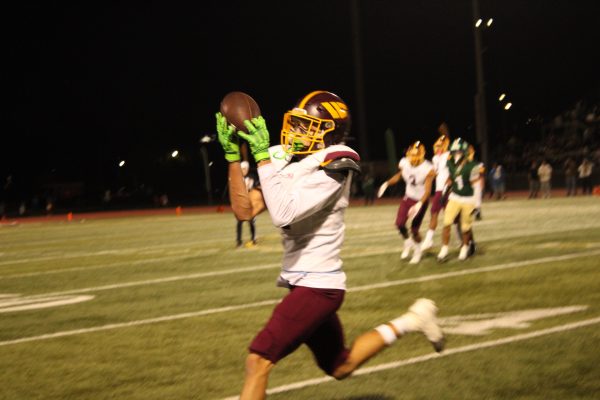
gaining exposure through competitive tournaments. The decision between the two continues to shape the experiences of high school athletes across sports.


